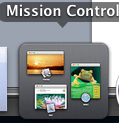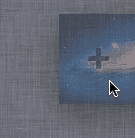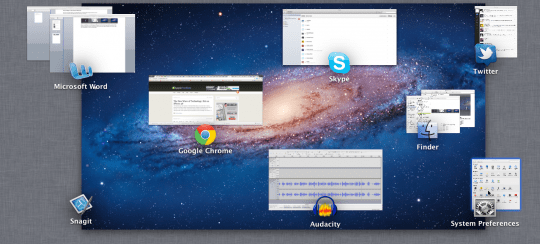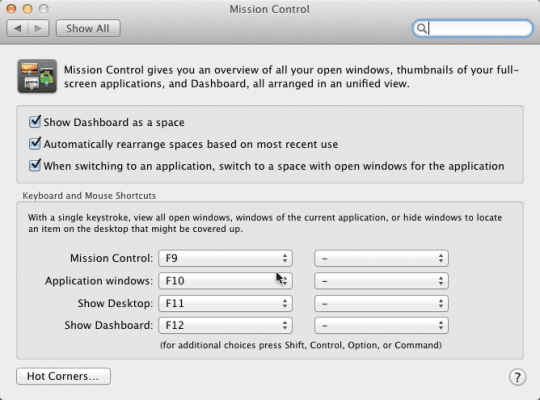With Mac OS X Lion, Apple introduced Mission Control. Mission Control combines Expose and Spaces. For longtime Mac users, this may be a hard transition.
Mission Control lets you see all of your open windows in one screen. It also lets you set up “spaces”. Spaces allows you to have multiple desktops.
In this tutorial, we will show you how to use and customize Mission Control. This tutorial requires that your Mac is running Mac OS X 10.7 Lion.
Using Mission Control
To start, open Mission control. You can do this by pressing the Expose key (pre-July 2011 Macs) or the Mission Control key (post-July 2011 Macs) on your keyboard. You can also launch Mission Control by clicking on the Mission Control icon on your dock.

To add a new space, hover your mouse over the upper right-hand corner of the screen. You will see a “plus sign” button. Click on this to add a new space.

To switch between spaces, look towards the top of the Mission Control screen. You will see all of the open spaces. To select a space, click on it. To delete a space, press the “option” key on your keyboard. When you do this, you will see an “X” appear on all of your spaces. Click the “X” button to delete a space.

If you would like to switch apps in Mission Control, look towards the center of the Mission Control screen. You will see all of your open apps. Click on the app you would like to use to switch apps.

To move apps into another “Space”, drag-and-drop the app into the Space where you would like it to be.

Customizing Spaces
To start, open System Preferences. Once System Preferences has completely launched, look under the Personal header. You will see an option labeled Mission Control. Click on this option.

From here, you can customize the keyboard shortcut that activates Mission control as well as other basic Mission Control options. These include showing Dashboard as a space and automatically rearranging apps based on usage. Tweaking these options will help you get the best Mission Control experience.

Thanks for reading this Apple Tool Box tutorial. Check back soon for more Apple related content.